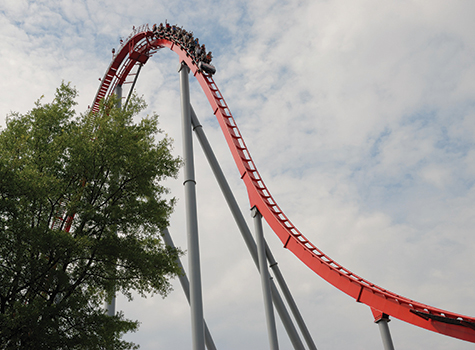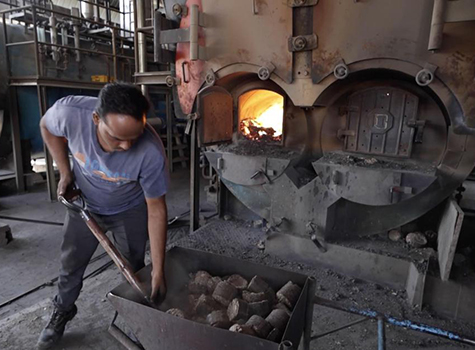By Ketu Desai

2022 was a rough year for investors with a confluence of bad news including, the most aggressive Fed tightening in history, the highest inflation in 50-years, a war, China zero-Covid policy, a UK Gilts crisis, a surprise change to yield curve control by the Bank of Japan. 2022 will go down as the fourth worst year since World War II. 2022 was a year driven by the macro, with particular sensitivity toward inflation and the Fed. 2023 is setting up to be a battle between the Fed and the bond market. The focus seems to be shifting from inflation to growth. Nearly the entire yield curve is below the top-end of the target Fed Funds Rate. The bond market is saying that the Fed has overdone it, while the Fed says it’s going to “keep at it.†The bond market is looking forward. It sees inflation normalizing and is worried about growth. The Fed is insistent that inflation is sticky and is willing to sacrifice the economy. The current expectation is for another 25bps hike in both February and March, and then a pause. This will further invert the curve. The bond market or the Fed will have to blink, who does will go a long way in determining how 2023 will go.
For equity markets, 2022 was a year of multiple contraction. Earnings generally hung in there. 2023 will be about earnings. For long-term investors, it might not make sense to make major changes to their portfolio based upon near-term earnings risk. There is little correlation between earnings growth and S&P performance in a calendar year, with an r-squared of just 0.02. Since 1900, 13 of 16 major equity lows saw the S&P 500 bottom before EPS. On average, the S&P bottomed 12 months before EPS. From 1982 to 1990, S&P 500 EPS only grew a cumulative 19 percent (or 2 percent per annum) but the S&P 500 nearly tripled. The discount rate and the discount rate volatility are more important. If we get a recession, it might be the most widely expected recession, so a lot of bad news might already be priced in. This might be one of the most unusual recessions also, as we could have negative real growth, but positive nominal growth. Earnings are nominal. One of the major headwinds for earnings this year was the relentless rise of the dollar, taking off somewhere between 5-10 percent off of earnings. This headwind will be a tailwind next year. Companies in certain industries are unlikely to reduce prices, while lower raw material costs will help margin expansion. Finally, as we move through the year, the market will start to look forward to 2024, when earnings are expected to reaccelerate.
One of the lasting consequences of 2022 will be the start of a new regime in markets. Many of the themes of this new regime that got underway in 2022, will only accelerate in 2023. The new regime will be defined by higher rates, higher nominal growth, higher structural inflation, and higher geopolitical risk. The driving forces in the new regime are geopolitics, changes in supply-chain, change in labor dynamics, transition to clean energy, renewed infrastructure spending, higher deficits, and quantitative tightening. The market aggressively sold old regime winners, the beneficiaries of low inflation and cheap financing. History shows that once new leaders take hold, they last for a while. The new leaders look to be the “revenge of the old economy sectorsâ€. This includes energy, materials, and industrials. Despite being the best sector in 2022, energy continues to be attractive as it is the cheapest sector, has the highest dividend yield, the highest shareholder return of capital, low investor positioning, and provides a geopolitical and inflation hedge. The net income share of energy is twice its market cap. Further, there is the potential for multiple expansion as energy trades 6 turns lower or at a 40 percent discount to its 10-year average. Oil will certainly feel pain if the economy has a meaningful contraction. However, there might be a floor as the SPR will need to be refilled around the high 60s/low 70s, OPEC+ has made it clear they will make cuts if prices fall, and China is reopening. SPR inventories are the lowest since the 1980s. OPEC+ has missed its quotas for more than 2-years now even after a 2mm/bpd cut. For more than a decade now, we have probably over-invested in software, tech, fintech, while underinvested in oil and commodities generally. Simple supply and demand, suggests that mean reversion seems likely.
Looking forward the market will continue to focus on economic data, the Fed, geopolitics, and earnings.
Happy New Year!
Ketu Desai is the Principal of i-squared Wealth Management Inc. (www.isquaredwealth.com), an investment management firm based in New Jersey. [email protected]



